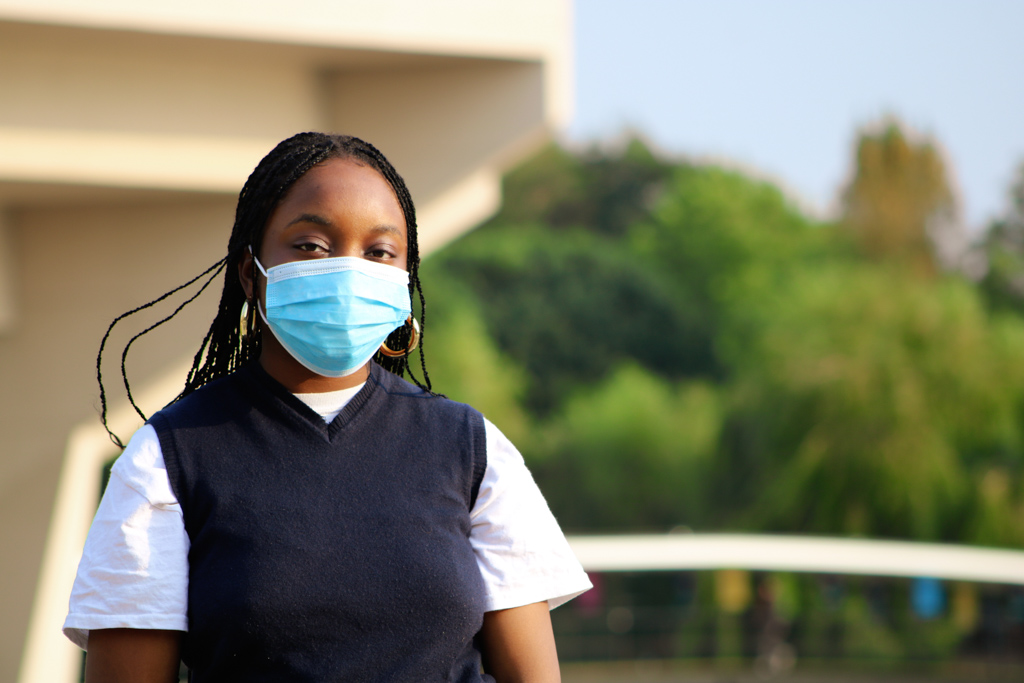Prior to the official opening of the nominations on 8 February, YUSU held a series of important workshops surrounding the issue of the consistent underrepresentation of minority groups within the University.
The workshops, headed by the YUSU Democracy & Campaigns Development Coordinator, focused on women and non binary students, BAME students, students with disabilities, and working class students and can be accessed through the YUSU website and the YUSU Official Youtube Channel.
Despite ongoing efforts from the University of York to tackle both the Black, Asian, and Minority Ethnic gap, and the attainment gap for disabled students, there remains very little representation amongst minority students within the YUSU. Although incredibly unfortunate, the significant levels of underrepresentation and participation from said minority groups within the students union comes as almost no surprise and in many ways is almost entirely reflective of overarching socio-political issues within the UK. The University of York is well below the sector average for BAME Access and Participation (24%) with a mere 14% of domestic students at the University being from BAME backgrounds.
York is 6% behind the sector average for working at 20%, however, the University performs well for access and participation for students with cognitive and learning disabilities, students with mental health difficulties, and students with social and communication difficulties. These figures highlight the relationship between societal wide barriers to access and participation and their effects on representation for minority students within universities such as York.
The University, as illustrated throughout each workshop, has a series of long term targets it aims to reach in order to both gain a better understanding of the gaps in experience and barriers for minority students and to produce tangible results in relation to widening access and representation. For example, when looking at the ‘Access and Participation Plan 2020-21- 2024-2025’, in relation to working class students, one of York’s main targets is to “reduce the ratio of the most and least well off from 5:1 to 3.6:1.“. Another key target surrounding BAME students, is to “close the gap between BAME and white student attainment by raising the attainment of BAME students by 2% – 71% to 73% by 2024/25“.
Although these long term goals seem promising in the sense that they demonstrate the University’s awareness of pressing issues surrounding access and participation, all of these targets, it begs the question of what can be done in the present moment.
Being that the elections are primarily about making a difference and ensuring that students have the “best possible experience at University“, sessions such as these are imperative for further reminding and promoting us to take action in pushing forward student representation of minorities and significantly underrepresented groups within the University and the Students’ Union. The workshops aim not only to highlight key disparities between minority groups and representation in YUSU, but to actively push and guide minority students on how to nominate oneself and carry out a sufficient campaign for a position at YUSU.
Although the figures mentioned above are quite damning, this is not to say that there is no hope for increased access and participation both University-wide and within YUSU. The more we continue to gather information, knowledge and awareness on key issues in relation to minority and underrepresented students, the more we can do to actively break down these barriers and create an inclusive student environment and students’ union for both those who wish to run and those who are to be represented.
As the nomination process begins, one can only hope that there will be a diverse selection of students running for these important positions.

